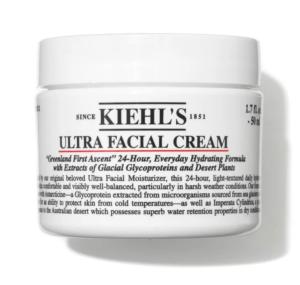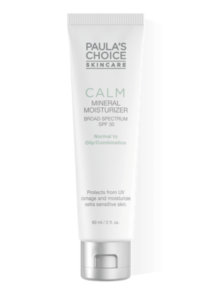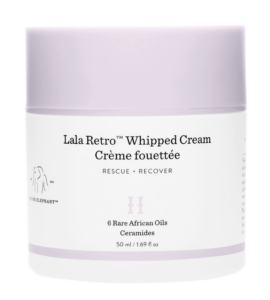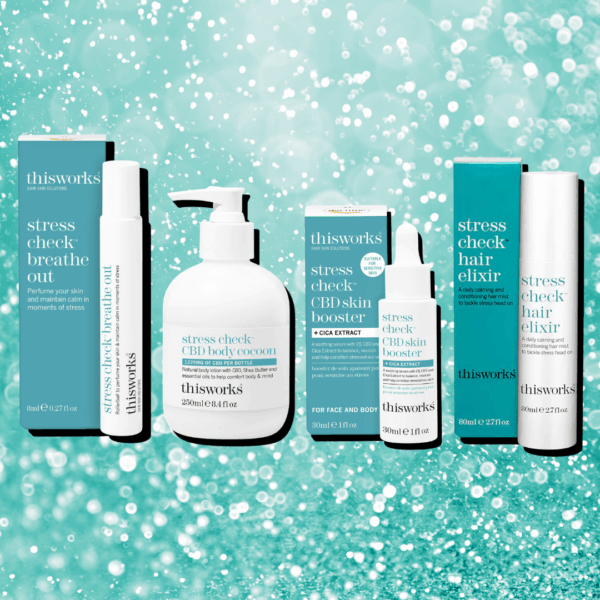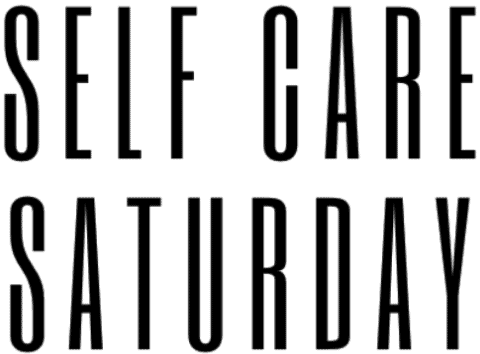
We’ve seen it all before, moisturisers with ingredient lists as long as our arms and their astounding claims of containing the latest must-have anti-ageing formulas that will apparently reverse all signs of ageing, incredible huh? Well ingredient lists might be long, but searching for a moisturiser that enhances and treats your skin shouldn’t be complicated at all. In fact, there are only three ingredients which provide the most impressive results for most skin types – both luxury and more affordable moisturisers either go cult-classic or join the back of the queue when it comes to getting the balance of these ingredients right. It’s about the basics, and you should be looking for the following crucial elements in any moisturiser…
Hydrators
Usually moisturisers contain a cocktail of humectant ingredients such as Hyaluronic acid, glycerin and propanediol. Humectants increase the water content in the skin, with the more popular known HA holding up to 1,000 times its weight in water. In addition, Natural Moisturizing Factors are also a source of hydration and are how skin maintains moisture levels in its top layer. Saccharide isomerate, urea, sodium PCA, and amino acids are NMF’s that add hydration (which you’ve likely never heard!). Furthermore, low level AHA’s such as lactic, mandelic and glycolic are water soluble exfoliating acids found in good moisturisers, so look out for those when reading the small print.
Smoothers
Emollients are lipids such as ceramides and fatty acids and stay on top of the skin acting as a protective barrier. Tocopherol in particular, otherwise known as vitamin E is another type of emollient with antioxidant properties found in moisturisers that prevent the hydrators you’ve massaged into your skin from evaporating. They reduce flaking and restore the skin’s suppleness – a very important ingredient in a good moisturiser! Squalene however, is an oil based emollient that mimics the sebum oil in your skin, leaving your skin soft and quenched! And lastly, silicone-based emollients such as dimethicone are also often used to help creams easily glide on, smoothing out the skin’s surface.
Sealers
Similar to how emollients function, occlusives reduce evaporation and stay on the skin’s surface. The heaviness of occlusives differ in rich creams as opposed to lighter lotions; think petroleum jelly, beeswax, lanolin, and capric/caprylic triglycerides.
If your skin is more on the oily side, a thin veil of emollient may be enough. On the other hand, if your skin is dry or sensitised, a more heavier occlusive will help lock in water – however, be wary of petroleum based creams as they can be comedogenic.
There are a lot more other ingredients which add up to the perfect moisturiser such as strength building proteins and skin soothing extracts; but if you find that researching the right formula for your skin type gives you an instant headache, just follow this simplified recipe:
For Super Dry Skin:
Glycerin + Olive Fruit Oil + Squalene – try Kiehl’s Ultra Facial Cream, £26
For Oily Skin:
Glycerin + Dimethicone – try Paula’s Choice Calm Non-Greasy Moisturiser SPF 30, £30
Moderate Overnight Cream:
Glycerin + Ceramides + Cholesterol – Drunk Elephant’s Lala Retro Whipped Cream, £48 works great.
